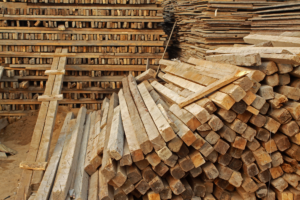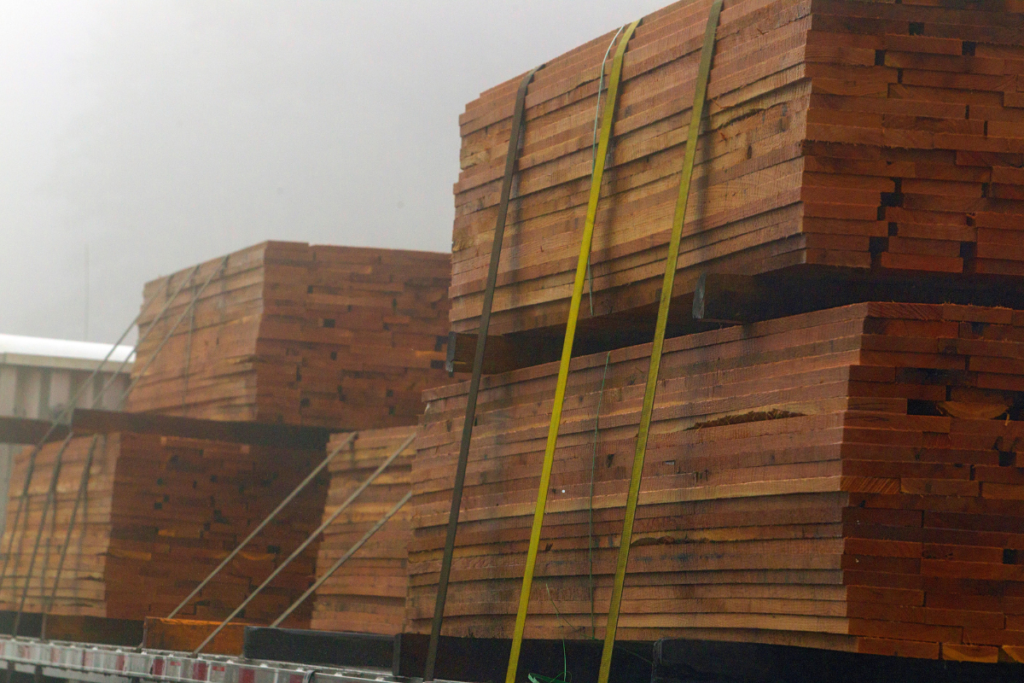 Introduction to Pre-construction Lumber Takeoff Cost Estimation:
Introduction to Pre-construction Lumber Takeoff Cost Estimation:
When planning any construction project, one of the most critical steps is the pre-construction lumber takeoff cost estimation. This essential process helps contractors and project managers calculate the amount of lumber required and provides an accurate estimate of costs before construction begins. Without proper lumber takeoff, construction projects risk going over budget, delaying timelines, and causing unnecessary headaches.
In this article, we’ll dive into the significance of pre-construction lumber takeoff cost estimation, explore how it impacts the overall project budget, and provide actionable steps to help reduce lumber-related expenses.
What is Pre-construction Lumber Takeoff Cost Estimation?
Pre-construction lumber takeoff refers to the detailed calculation of the total amount of lumber needed for a construction project. It is part of the larger “takeoff” process, which involves estimating the quantities of all materials required for construction, such as concrete, steel, drywall, and of course, lumber. Lumber takeoff ensures that there is no excess waste or material shortage during the building phase.
Cost estimation, on the other hand, involves predicting how much this lumber will cost, including factors such as market prices, transportation, and labor involved in acquiring and installing the lumber. When done during pre-construction, this combination of takeoff and cost estimation provides a clear financial picture, helping to avoid overspending.
The Importance of Accurate Lumber Takeoff Cost Estimation
1. Avoiding Budget Overruns
Lumber is a primary material in many construction projects, especially in residential buildings, framing, and decking. Inaccurate lumber takeoff can lead to significant budget overruns if more lumber is needed later in the project, or worse, if the price of lumber increases unexpectedly due to market conditions.
By having a pre-construction lumber takeoff cost estimation in place, contractors can lock in prices, purchase in bulk, and avoid fluctuating costs, saving the project from unnecessary financial strain.
2. Improving Efficiency and Reducing Waste
Overestimating the amount of lumber can result in costly waste, while underestimating it can cause delays as additional materials are ordered. Accurate lumber takeoff ensures that only the necessary materials are purchased, leading to a more efficient and environmentally responsible project.
By optimizing material use, construction managers not only control costs but also contribute to sustainability, which can be an appealing selling point for clients who prioritize eco-friendly building practices.
3. Better Project Planning and Scheduling
Pre-construction lumber takeoff cost estimation also plays a vital role in project planning. With a precise estimation in hand, construction teams can schedule deliveries and work phases more effectively. This eliminates the guesswork involved in figuring out how much lumber is needed during different stages, allowing for smoother project flow and more consistent labor allocation.
Proper planning can prevent costly delays that may arise if materials are not delivered on time or if crews are left waiting for additional lumber shipments. A well-planned project keeps workers productive and ensures timely completion.
Factors Affecting Pre-construction Lumber Takeoff Cost Estimation
Several variables can influence the accuracy and success of a lumber takeoff cost estimation. Understanding these factors can help improve precision and keep the project on track.
1. Project Size and Complexity
The size and complexity of the construction project will directly affect the amount of lumber needed. Larger projects like multi-story buildings or complex architectural designs require a more detailed and comprehensive lumber takeoff. The more intricate the design, the greater the need for precise calculations.
2. Lumber Types and Grades
Different types of lumber are used in construction, ranging from softwoods like pine and cedar to hardwoods like oak and maple. Each type of lumber comes with its price point, and specific grades within these categories can further influence cost.
For example, higher-grade lumber used for exposed structural components can significantly raise project costs. Pre-construction lumber takeoff cost estimation allows builders to plan for these price variations and select the appropriate lumber type for each phase of construction.
3. Regional Pricing and Availability
The cost of lumber can vary based on geographic location. Regions with abundant forestry may offer lower prices due to local sourcing, while areas that need to import lumber may face higher costs. Additionally, lumber prices can fluctuate due to market conditions, such as changes in supply and demand, tariffs, or natural disasters affecting forestry industries.
Accurate cost estimation during the pre-construction phase allows project managers to account for these regional and market variables, minimizing surprises and keeping budgets under control.
4. Labor and Transportation Costs
Labor costs associated with lumber installation, as well as transportation fees for delivering the materials to the construction site, must also be factored into the total cost estimation. Delays in delivery can lead to extra charges or schedule disruptions, while inefficient labor can increase overall project costs.
Tips for Reducing Lumber Takeoff Costs
Although lumber is an essential part of construction, there are several strategies that can help reduce lumber takeoff costs without compromising the quality of the project.
1. Use Software for Accurate Estimations
Manual calculations for lumber takeoff can be prone to human error. By using dedicated construction estimating software, contractors can reduce mistakes, optimize material usage, and ensure that their estimations are as accurate as possible. These tools can also store pricing data, ensuring cost estimations are based on current market conditions.
2. Buy in Bulk
If possible, purchasing lumber in bulk can lead to discounts from suppliers, reducing the per-unit cost of materials. Bulk purchases can also help secure materials before any potential price increases in the lumber market.
3. Optimize Material Use
Efficient design and planning can minimize lumber waste. Simple strategies like reusing cut-offs, designing standard-sized components, and avoiding unnecessary design elements can reduce the overall amount of lumber needed, thereby lowering the cost.
4. Negotiate with Suppliers
Contractors who work with the same suppliers regularly may be able to negotiate better prices for lumber. Establishing long-term relationships with suppliers can result in discounts, priority delivery, and other cost-saving benefits that improve the accuracy of the pre-construction lumber takeoff cost estimation.
Pre-construction lumber takeoff cost estimation is a critical step in ensuring the financial success of any building project. By accurately predicting the amount and cost of lumber required, construction teams can prevent budget overruns, minimize waste, and optimize their work schedules.
Through careful planning, effective use of technology, and strategic purchasing decisions, it’s possible to keep lumber costs under control and complete projects on time and within budget. Don’t overlook the importance of this process—it could save your project thousands of dollars.
Are you looking for the best estimating services in USA?
Look no further than “https://zionestimating.com”
They are offering top-notch services like;
- Construction/cost estimation
- Budget planning
- Material takeoff
- Equipment estimation
and further more!!!
Here are some more information for your convenience:
Phone no. : +1 718-427-9941 || +1 562-383-6177
Email:[email protected]
Visit their blogs and site
https://zionestimating.com for the latest updates and service tips!
